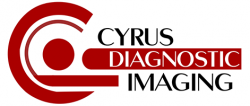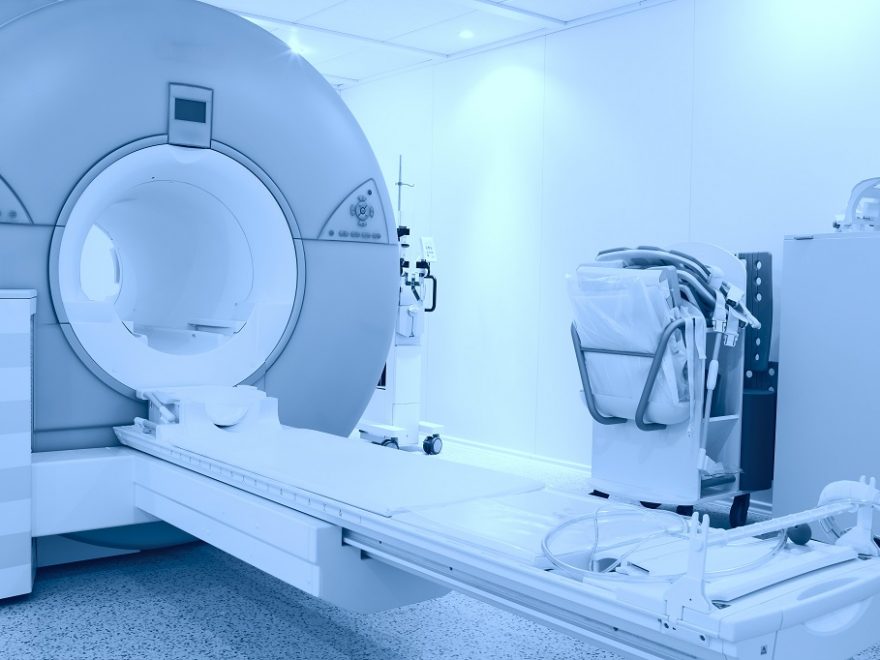The most powerful tool for Oncology (Cancer) is available at Cyrus Diagnostic Imaging, Inc.
What Is PET/CT Oncology?
PET/CT Oncology is a breakthrough medical examination offered by Cyrus Diagnostic Imaging, Inc. PET/CT is a new imaging technology that has already found a number of clinical applications in oncologic imaging. PET/CT fusion images can directly guide biopsies or surgical interventions.
Why have PET/CT Oncology?
Because PET/CT Oncology are diagnostic procedures for cancer patients, they can help refine cancer findings, alter treatment plans, and sometimes help patients avoid unnecessary surgeries. Oncology PET/CT is used to diagnose, stage and restage (determine extent of), cancer as well as to evaluate the patient’s response to therapy.
Who should have PET/CT Oncology?
Oncology (cancer) is the most important application of PET/CT and provides vital diagnostic information that can alter the course of cancer treatment and sometimes help in avoiding unwarranted surgery. PET/CT provides critical information about whether a tumor is malignant or not; the extent of cancer; whether it has spread to other organs or not; monitoring of cancer recurrences; and monitoring the effectiveness of chemotherapy or radiotherapy. PET/CT works to permit more precise treatments.
What are the benefits of PET/CT Oncology?
Detailed diagnostic information, not available from other tests (like MRI), shorter time for definitive diagnosis, earlier detection of disease with fewer invasive diagnostic procedures, precise staging of the disease and better monitoring of cancer recurrences, more effective tracking of the results of chemotherapy, may avoid some surgical intervention and it can contribute to lowering the overall cost of care are many of the benefits of PET/CT.
Preparing for my PET/CT Oncology appointment:
Do not do any strenuous activity 24 hrs before the scan and do not eat for at least 6 hours before the scan. Drink plenty of water prior to the scan. Do not drink products containing caffeine (coffee, tea, soda, etc.) for 12 hrs before the scan. Do not take any sugar containing products (chewing gum, mints, cough drops etc) 12 hrs before the scan. You may take any normal medication if it can be tolerated on an empty stomach. Wear loose fitting and warm comfortable clothing and leave all jewelry, watches and valuables at home. Notify the radiographer if you are pregnant or breast feeding. If you are a diabetic speak to the PET/CT radiographer or doctor for specific instructions with regard to your medication. Ensure that you have someone to drive you home in the event that you take a sedative.
How does a PET/CT scan work?
A PET/CT scan takes pictures of the structures of your body. At the same time, a mildly radioactive drug shows areas of your body where the cells are more active than normal. The scanner combines both of these types of information. This allows your doctor to see any changes in the activity of cells and know exactly where the changes are happening.
How is a PET/CT scan performed?
A PET/CT scan is completely painless and has no side effects. After fasting for 6 hours, you will receive an injection of a trace amount of radioactive glucose, which is distributed throughout the body. About 60 minutes after the injection, you will empty your bladder, then lie down on a scanner bed. Images will be taken of your body as you lie still on the scanner bed.
What happens after the examination?
After the examination, one of Cyrus Diagnostic Imaging’s expert clinicians will review your images in depth and generate a full written report for your doctor. Your PET/CT scan will produce a “picture” of how your body’s cells are functioning, whereas an x-ray, CT scan, or MRI produce a picture of bones, organs and tissues. Your PET/CT scan will help you and your physician make a more informed decision about your diagnosis and treatment path.

